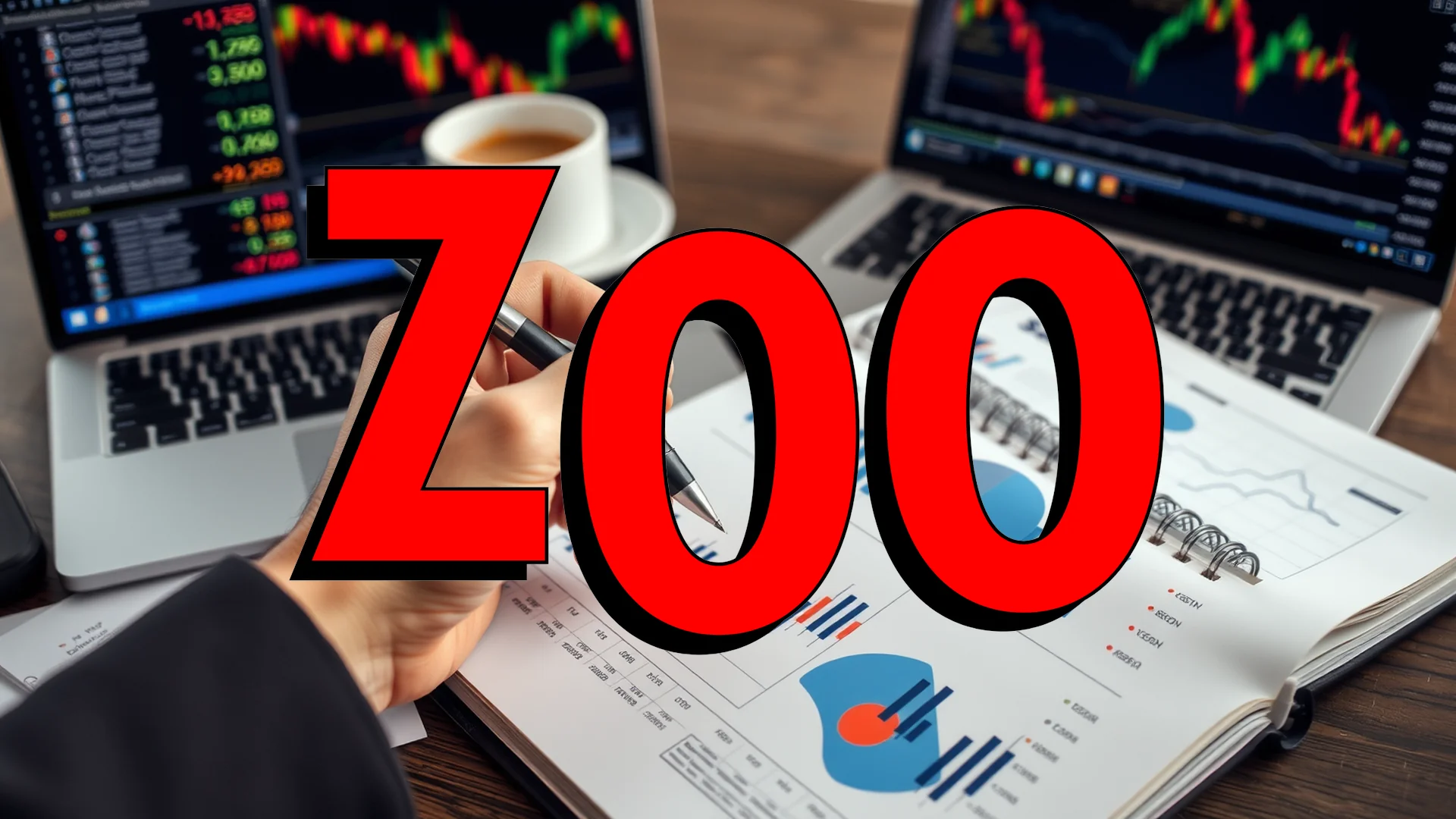The medical technology firm Baxter is navigating its most severe crisis in recent memory. A confluence of operational hurdles and a newly filed class-action lawsuit alleging product safety failures has rattled investor confidence, sending the company’s shares plummeting. This raises a critical question for the market: is the stock’s dramatic decline an overreaction, presenting a potential entry point, or a justified reflection of deep-seated issues?
Operational Headwinds and Supply Chain Woes
Baxter’s core infusion business is under significant pressure. The voluntary shipping halt for its problematic Novum IQ infusion pumps is having a more substantial negative impact than initially projected. Technical issues related to the devices’ flow rates are now expected to persist beyond 2025. Compounding these problems is a persistently weak demand for infusion solutions within U.S. hospitals, a lingering effect of Hurricane Helene that has proven more resilient than forecasts suggested. Furthermore, the company is grappling with $40 million in customs-related expenses and ongoing supply chain inefficiencies, which continue to compress profit margins.
Class-Action Lawsuit Alleges Grave Safety Concerns
Adding to the company’s operational turmoil is a devastating class-action lawsuit. The legal action alleges that Baxter systematically concealed known defects in its Novum IQ infusion pumps. The accusations, which include claims of under-dosing, over-dosing, and complete device failure, are particularly severe, with the suit suggesting these malfunctions may have contributed to patient fatalities. These allegations strike at the heart of the company’s reputation, casting doubt not only on its product safety protocols but also on its overall corporate governance.
Should investors sell immediately? Or is it worth buying Baxter?
A Deceptive Earnings Picture and Shrinking Margins
A superficial glance at Baxter’s third-quarter results might suggest a silver lining. The company reported an adjusted earnings per share (EPS) of $0.69, a 41% surge that comfortably beat analyst forecasts. However, this headline figure masks deeper troubles. Revenue of $2.84 billion fell short of expectations, and the adjusted gross margin contracted sharply by 430 basis points to 39.4%. This erosion is attributed to an unfavorable shift in product mix, declining infusion solution volumes, and escalating manufacturing costs.
Dividend Slash and Mounting Debt Pressures
In a move that has particularly disheartened income-focused investors, Baxter announced a drastic dividend reduction. Starting in January 2026, the company will pay a token dividend of just one cent per share. While this measure is projected to conserve over $300 million in annual liquidity, it further undermines shareholder trust. Concurrently, management has downgraded its full-year outlook, now anticipating an adjusted EPS in the range of $2.35 to $2.40. The conserved capital is slated primarily for debt reduction, with a stated goal of lowering the net debt-to-EBITDA ratio to 3x by the end of 2026.
Following this series of negative developments, Baxter’s stock is trading near its 52-week low and has shed more than 40% of its value since the start of the year. The central dilemma for investors remains whether the medical device maker has found its bottom or is merely at the beginning of a protracted and painful restructuring phase that could precipitate further losses.
Ad
Baxter Stock: Buy or Sell?! New Baxter Analysis from December 19 delivers the answer:
The latest Baxter figures speak for themselves: Urgent action needed for Baxter investors. Is it worth buying or should you sell? Find out what to do now in the current free analysis from December 19.
Baxter: Buy or sell? Read more here...










